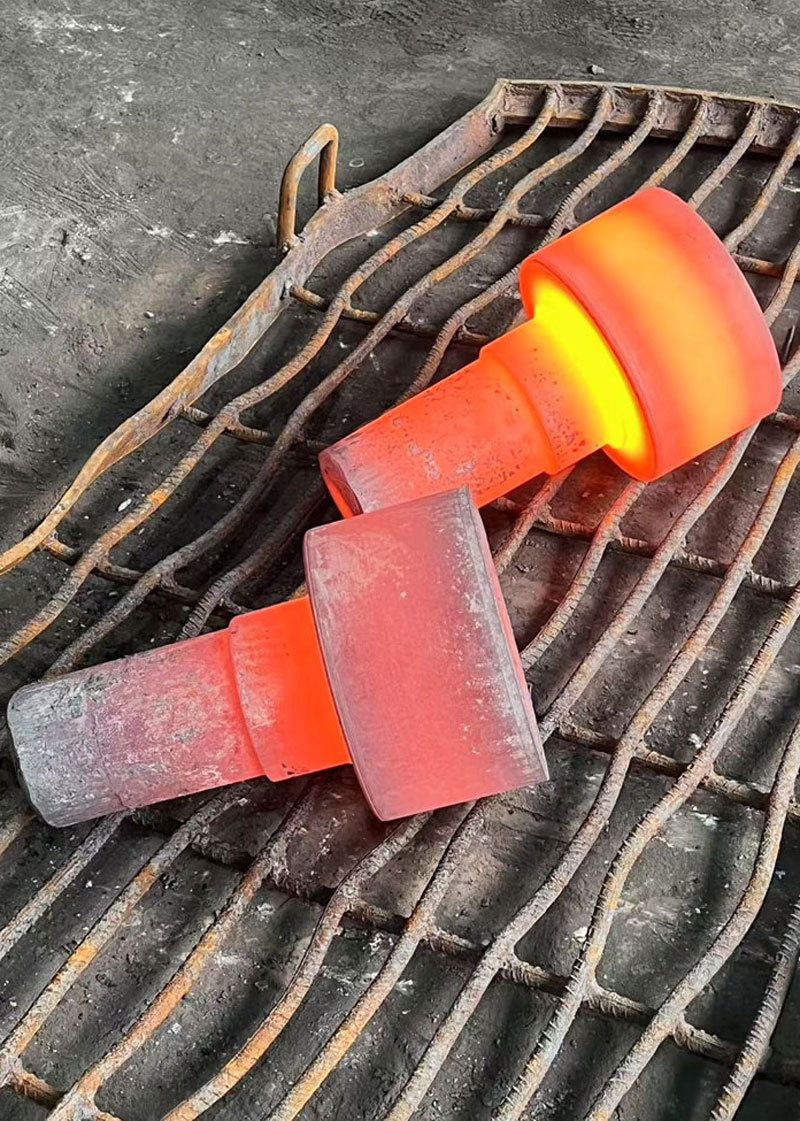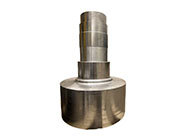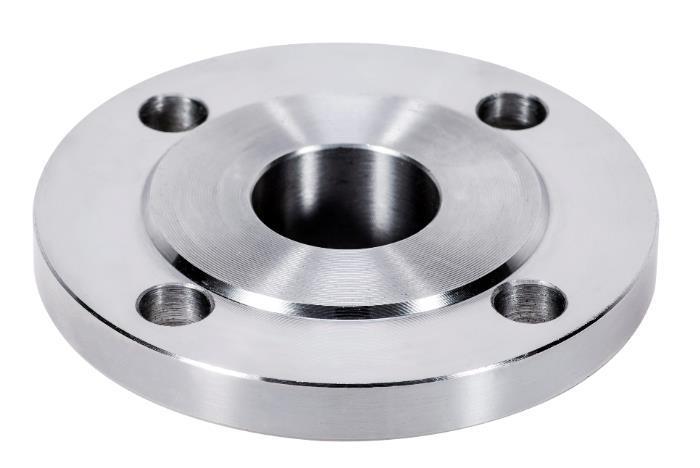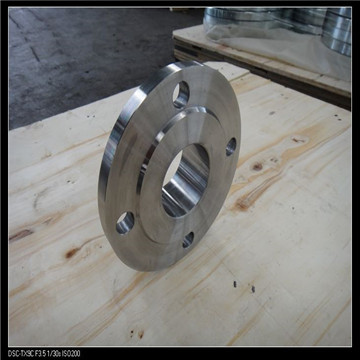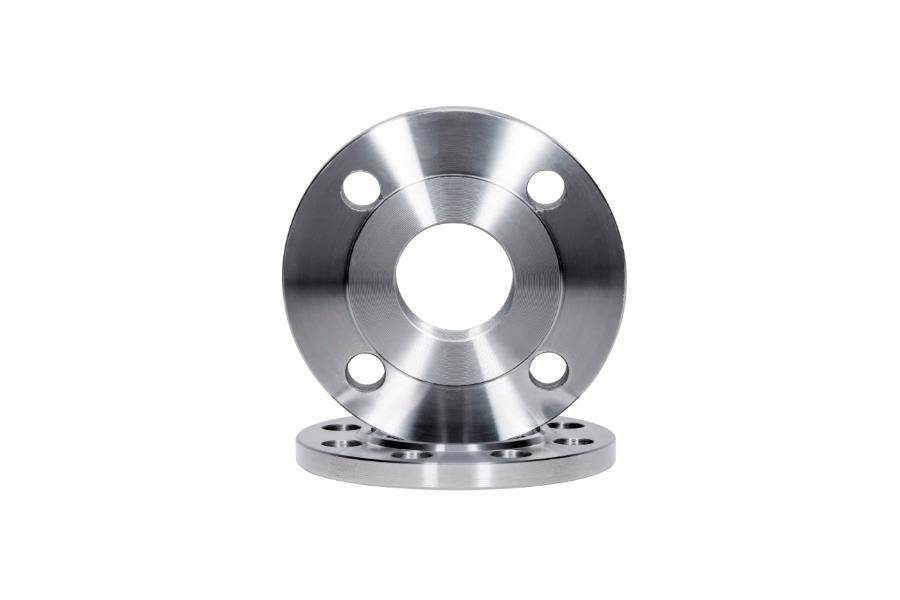What are the factors affecting the forgeability of forgings?
Release time:
2020-07-03
Factors Affecting the Forgability of Forgings
The forgeability of forgings is usually assessed in a hot state. The forgeability of a forging is the process of shaping deformation that metal undergoes when subjected to pressure processing in a hot state. Forging factories often use two indicators, the plasticity and deformation resistance of metals, to comprehensively consider the quality of the forgeability of forgings.
The factors affecting the forgeability of forgings primarily include the composition of the metal. Pure metals are better than alloys, low carbon steel is better than high carbon steel, and low carbon alloy steel is better than high carbon high alloy steel; harmful impurity elements generally worsen forgeability. Additionally, the microstructure of the metal used in the forgings matters; a single-phase structure is better than a multi-phase structure. Columnar structures, coarse grain structures, segregation at grain boundaries, or co-crystallized structures in the cast state can all deteriorate the forgeability of forgings. Finally, the processing conditions of the forging factory should also be considered: 1. Deformation temperature: Generally, as the deformation temperature increases, the forgeability of the metal improves; when the temperature approaches the melting point, overheating can occur, leading to a sharp decrease in forgeability. 2. Deformation speed: On one hand, as the deformation speed increases, the recovery and recrystallization processes cannot keep up, failing to eliminate work hardening in time, thus reducing plasticity, increasing deformation resistance, and worsening forgeability. On the other hand, as the deformation speed increases, thermal effects arise, increasing the plasticity of the metal and reducing deformation resistance, which is beneficial for improving forgeability. 3. Stress state: The more tensile stress components there are, the better the plasticity required for the forging material; the more compressive stress components there are, the lower the requirements for the material's plasticity.
Latest developments
Innovations in the Forging of Stainless Steel for Superior Performance
Innovations in the Forging of Stainless Steel for Superior Performance Table of Contents 1. Introduction to Stainless Steel Forging Innovations 2. Importance of Stainless Steel in Various Industries 3. Overview of the Forging Process 4. Technological Advancements in Stainless Steel Forging 4.1. Machine Automation and Robotics 4.2.
Understanding Non-Standard Flanges: Importance and Applications in Construction
Non-standard flanges are critical components in piping systems, particularly within the construction and decorative materials sectors. Unlike standard flanges, which adhere to established dimensions and specifications, non-standard flanges are tailored to meet unique requirements that can vary based on specific project needs, environmental factors, or design specifications. This adaptability makes
Exploring the Versatility of Japanese Standard Flanges in Various Applications
Exploring the Versatility of Japanese Standard Flanges in Various Applications Table of Contents 1. Introduction to Japanese Standard Flanges 2. What Are Flanges? 2.1 Types of Flanges 3. Understanding Japanese Standard Flanges 3.1 Design and Specifications 4. Applications of Japanese Standard Flanges
--- Flanges are critical components in piping systems, serving as a connection point between pipes, valves, pumps, and other equipment. The term "American standard flange" refers to a specific category of flanges designed according to established standards in the United States, predominantly including ANSI (American National Standards Institute) and ASME (American Society of Mechanical Engineers)
Exploring Different Types of Threaded Flanges for Various Applications
Exploring Different Types of Threaded Flanges for Various Applications Table of Contents 1. Introduction to Threaded Flanges 2. Importance of Threaded Flanges in Construction 3. Types of Threaded Flanges and Their Applications 3.1 Standard Threaded Flanges 3.2 Slip-On Threaded Flanges 3.3 Blind Threaded Flanges 3.4 Socket Weld Threaded Flanges
The Essential Guide to Flanged Connections in Construction and Decorative Materials
Flanged connections are a critical component in the construction and decorative materials industry, particularly when dealing with piping systems. These connections consist of two flanges, which are flat pieces of metal or plastic with symmetrical holes that allow them to be bolted together. This design provides a reliable and robust means of connecting pipes, valves, fittings, and other equipment



